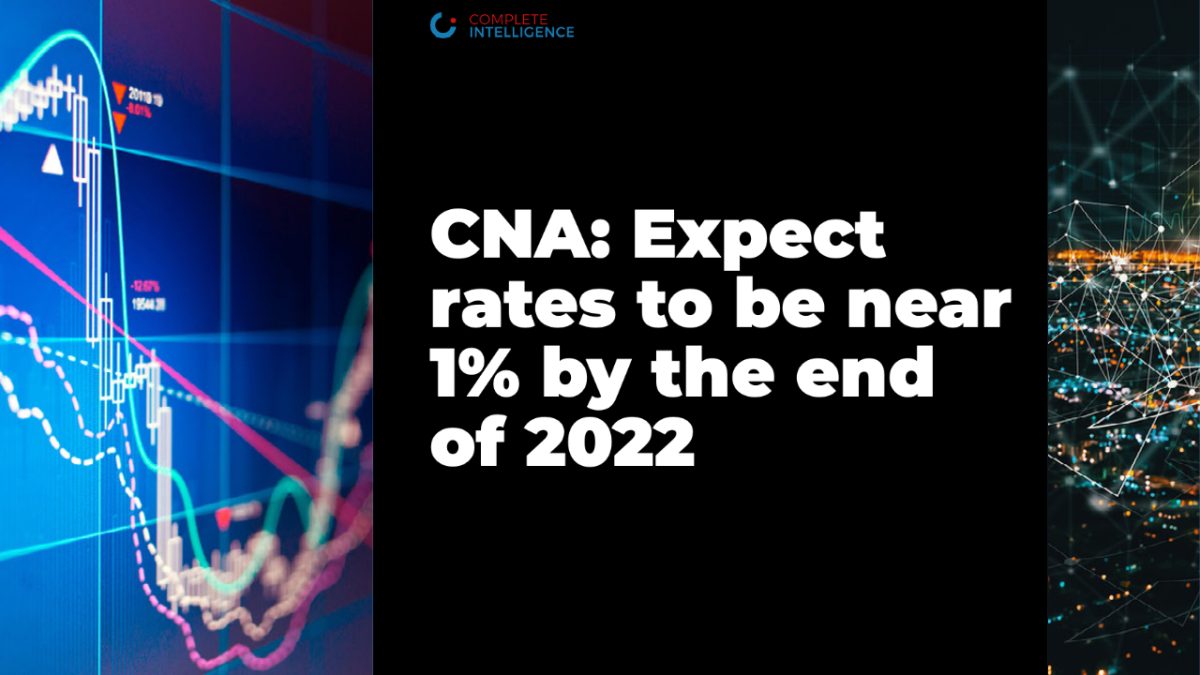The full episode was posted at https://www.channelnewsasia.com. It may be removed after a few weeks. This video segment is owned by CNA.
Show Notes
CNA: Welcome back. Strong consumer spending and business activity growth drove a 40% profit search for Southeast Asia’s third largest lender, UOB. In 2021. The bank reported a net profit of four. 7 billion single dollars for 2021. That’s slightly above endless estimates. Uob says economic recoveries in Singapore and regional neighbors helped bring in more income for the bank, filling its profit rise. Net interest income rose 6% from one year ago as loans expand 10%. Net interest margin remained stable at 156 percent, while the Dow snapped a three day losing streak on Wall Street. As an easing of geopolitical tensions overshadowed hot U. S. Inflation data. All three majors got back to winning ways after Russia confirmed a partial withdrawal of troops from the Ukraine border. The news helped Starks a with the Dow closing up by one 2%. A big Bough in Texas saw the SP 500 climbing one 6% and the Nasdaq jumped two 5%, while the Deescalating tensions also helped push oil lower. In addition to geopolitical news, investors got another look at the inflation picture. On Tuesday, the producer price index jumped 9.7%. On year in January, it was up 1% for the month. The index tracks the prices businesses receive for their goods and services.
And this latest number adds two calls for the Fed to act at its next meeting. To help us understand more about the future market trend, we’re joined by Tony Nash, founder and CEO with complete intelligence, speaking to us from Houston, Texas. Very good afternoon to you, Tony. So traditionally, investors like Fabri because it’s a good month for risk taking. But looking at this February, we are coping with situations like tensions between Ukraine and Russia, as well as Fed rate hikes possible. So maybe investors this time around should remain cautious. What’s your take on this?
TN: I think you’re right. I think we’re in an environment right now where we are seeing a lot of volatility. We saw equity markets fall earlier this week. We’re seeing them rise today. And we expect quite a lot of volatility as the Fed and as central banks get their strategies and their new policies together and as some of these geopolitical tensions come and go.
CNA: And we’re also looking at the PPI number released overnight, which puts Fed policy in the spotlight again. But historically, the Fed hasn’t been able to push down inflation without a recession. And this time around, we are talking about economic recovery that’s comparatively fragile. So how worried are you about that the Feds unleash aggressive rate hikes could again bring in another recession?
TN: The Fed always has policy missteps. They’re a blunt tool. And so the Fed is in inflation fighting mode right now. They’re getting a lot of political pressure to be in inflation fighting mode. The data is telling them they need to be inflation fighting mode and selling to well, in March, they’re stopping buying assets for their balance sheet, but they’re also expected to raise interest rates. And then later in Q two start to tighten their balance sheet, which means they’re selling off the assets that they’ve bought over the last two years and they’ll be taking currency out of circulation. So we’ll have slightly tighter currency conditions and we’ll have slightly higher interest rates.
CNA: So are you worried about the possible economic recession in the US?
TN: Yes, I think everyone sees it as a possibility. I think part of the problem is we don’t have the fiscal spending out of the US government that we had in 2021 and 2020. And so the big missing piece in the US economy right now is that fiscal spending that we’ve had for the past two years. So the Biden administration hasn’t really been able to get it together to have that fiscal piece because what we’re looking for is a bridge, really from the government spending led economy that we had in 2021 to more of a private sector led economy in 22. There was a hope that there would be some government spending to bridge that, and we’re just not seeing it. So the lack of government spending, I think more so even than.
TN: Say, interest rate hikes will have a negative impact on the economy.
CNA: And we’ve seen that market have basically priced in the fed rate hikes. But how do you expect that possible rate hike to affect the value of the currency? The dollar over there?
TN: Sure. We have a real risk of the dollar appreciating sharply. Depending on how aggressive the fed becomes, I think there will be moderate upward pressure on the dollar as the fed reigns in inflation. So again, they’ll shrink the amount of currency available. They’ll raise interest rates. Both of these actions typically put upward pressure on dollar values and, of course, that would hurt some of the countries in Southeast Asia when people sell or have due debt in US dollars. But it could help them if they’re selling assets in US dollars like, Malaysia, say, exporting oil and gas.
CNA: Tony, nice talking to you as always, Tony Nash, founder and CEO, with infinite intelligence.


